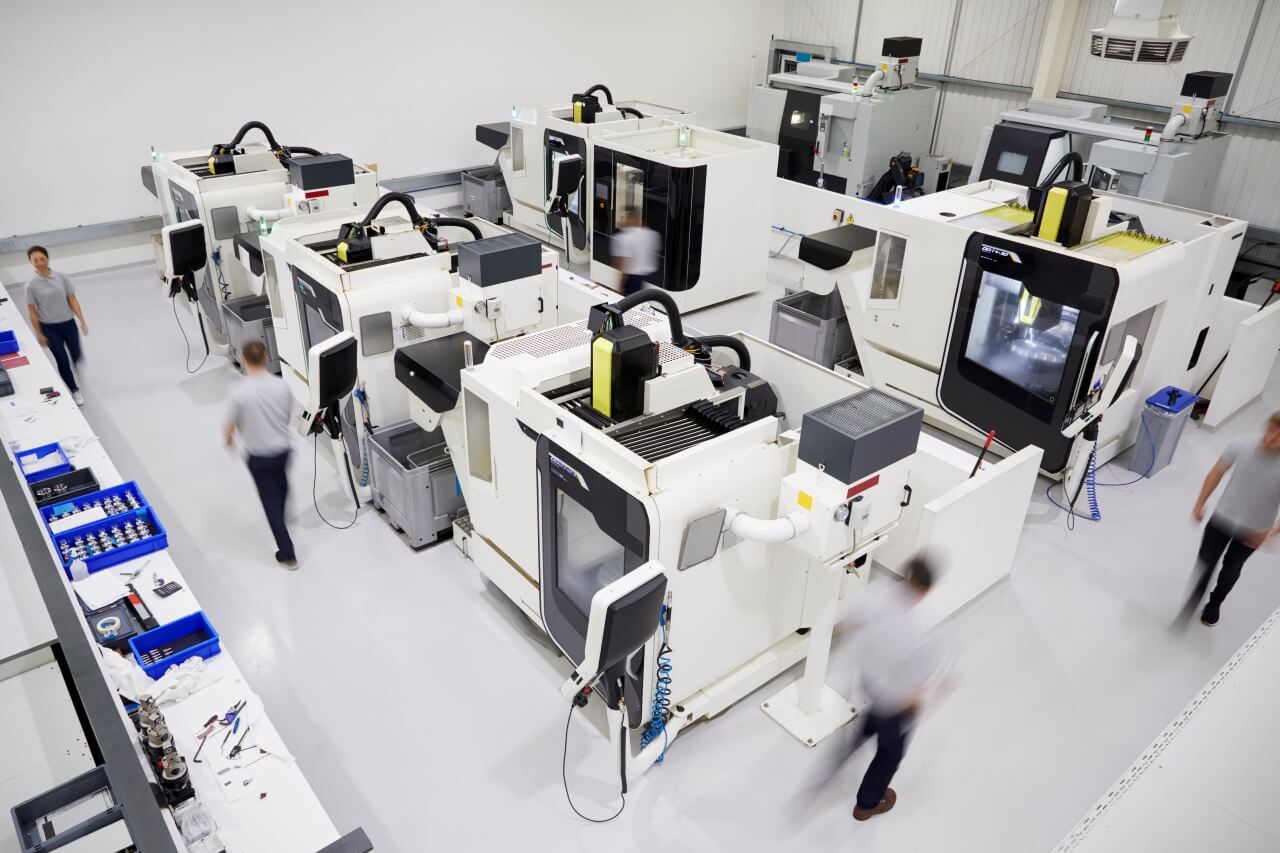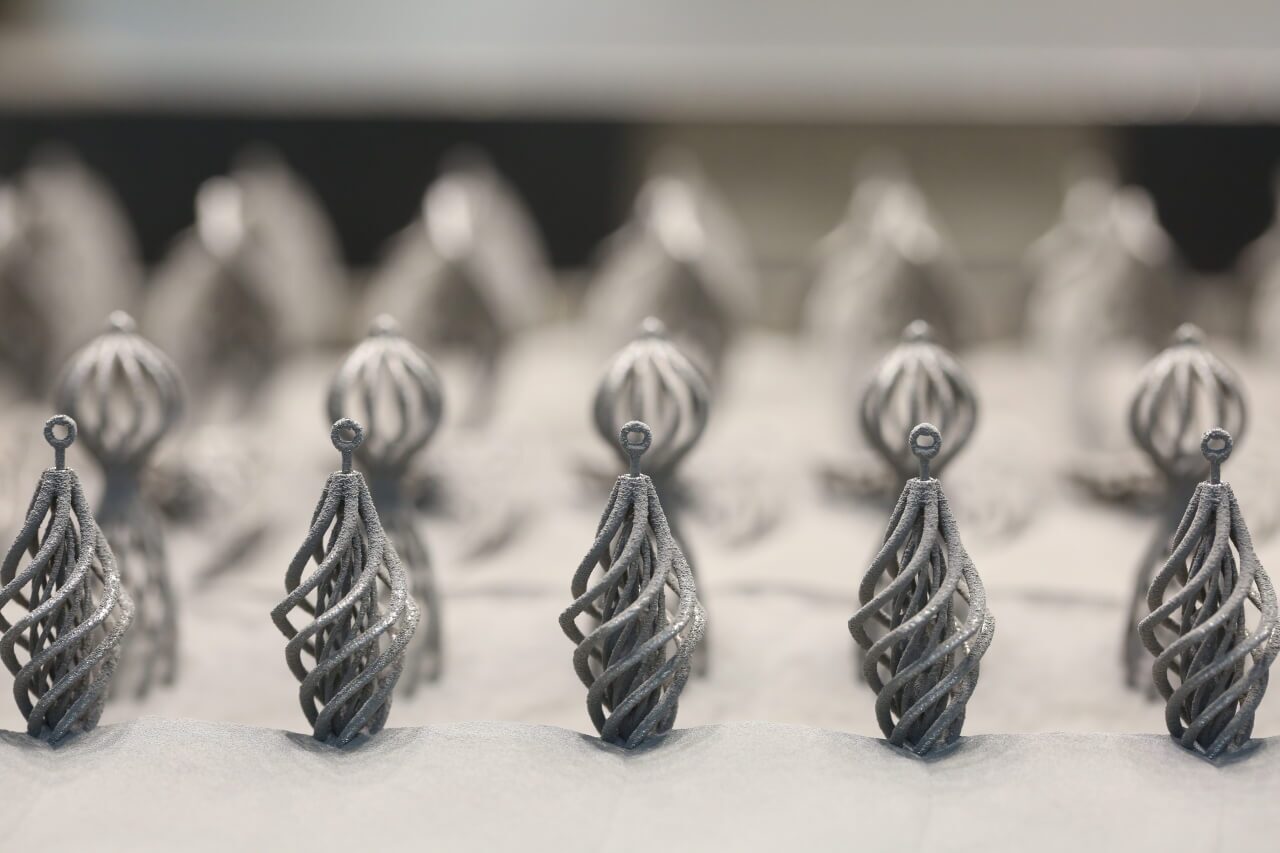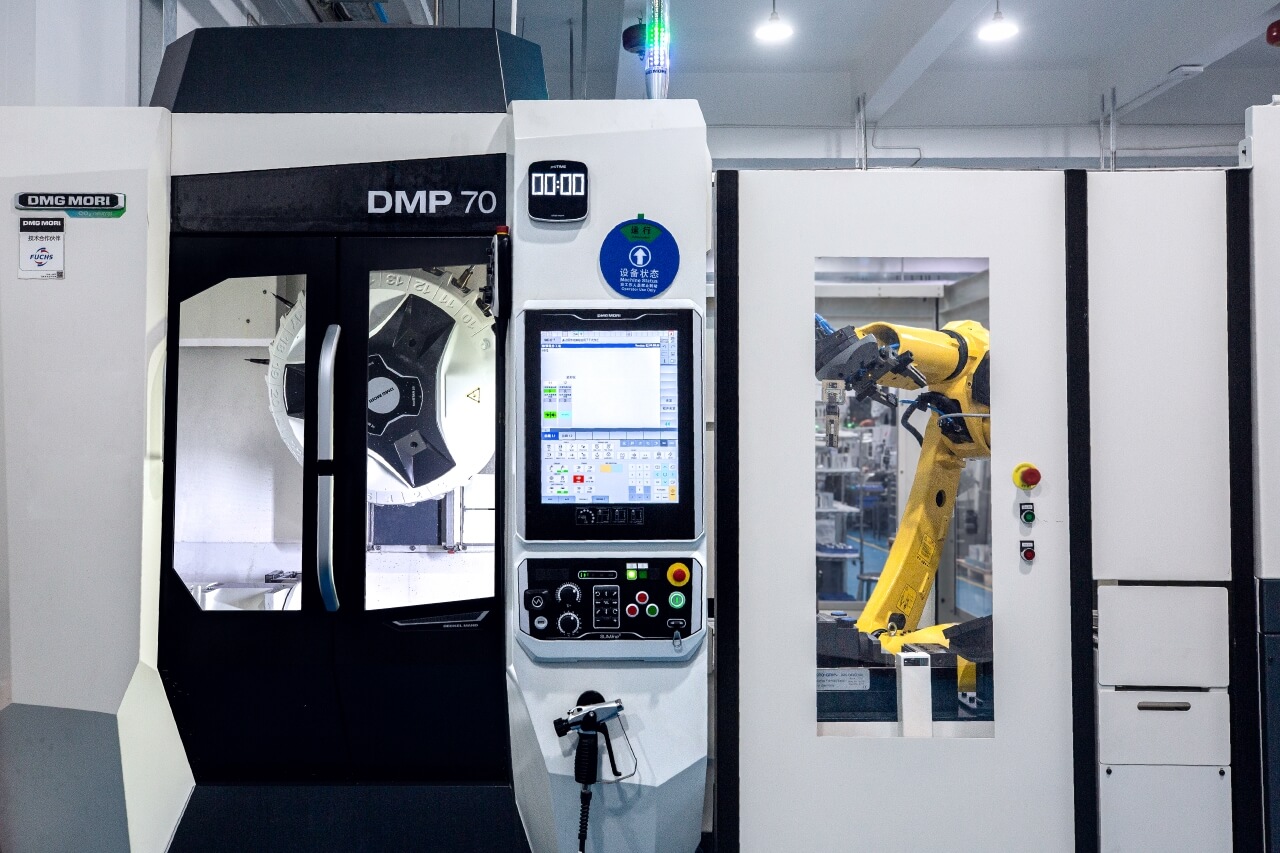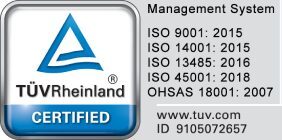TiN coating on mold tool. Image courtesy of prirev.com.All manufacturing tools are subject to incredibly harsh working conditions and must withstand a lot of wear and tear. Tools used for plastic injection molding are no exception, where corrosive resins and abrasive fibers, injected under tons of pressure, can quickly destroy soft or untreated metal.
If you’re making a production mold tool you can easily see why this is important to you. Tools and dies represent a significant financial investment. If a mold wears out prematurely because of surface friction and must be repaired that means lost production time and lost revenue.
Therefore, we want to explore some strategies that manufacturers use to extend tool life while improving performance.
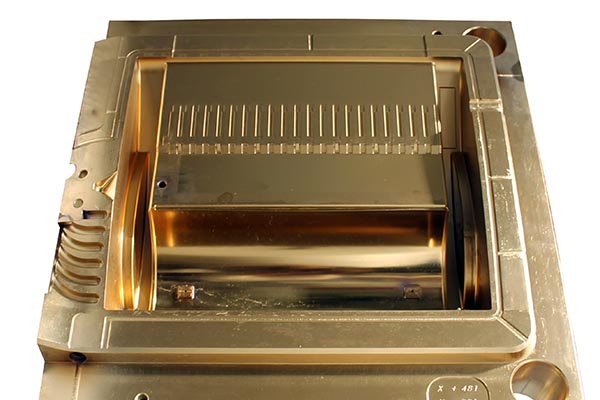
What is Tribology?
Tribology is the study of friction and the interaction of surfaces in relative motion. Tribology research is used to discover new and better ways for surfaces to interact without being destroyed in the process. But there is no one solution that is best for everyone. It all depends on your particular application.

The amount of wear a mold experiences depends on many factors including the base metal, production volume, cooling circuits, resin type, design complexity, surface texture and many more.
Because there are so many variables there are different treatment solutions to help withstand heat, increase hardness, resist corrosion and lower friction for better part release. Here is a closer look at the top four general types for production tools.
Plating
One of the earliest forms of mold treatment is chrome plating. This increases tool hardness to resist abrasion when using glass-filled resins. Chrome helps to prevent rust but it’s not resistant to chemical outgassing when using corrosive resins like PVC.
Also, chrome plating requires the use of a separate anode. The anode adds expense to the build and, because of its size and shape, it can’t reach deep cavities or thin features in a mold.
Electroless nickel plating doesn’t need an anode so it can be used to coat all features inside the mold uniformly. It helps the mold resist chemical attack but it’s not as good at handling abrasive fibers.
Nickel-Boron Nitride, another common plating, also improves abrasion and corrosion resistance without adversely affecting heat transfer properties. But it’s main advantage is that it greatly reduces friction for moveable sliders, cores and other high wear areas in the tool.
Physical Vapor Deposition
PVD uses a source such as ceramic or metal which is then struck with a high-energy ion beam to cause it to sputter into a plasma. This plasma bonds to the tool wall in very thin layers with great adhesive strength.
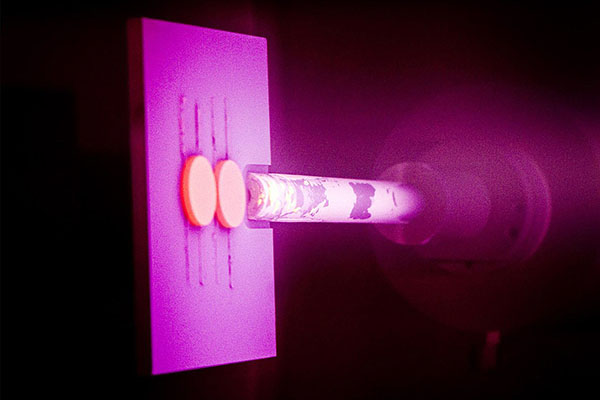
How thin are these layers? Some are nanometers, or less than one micron, so not enough to affect the final part dimensions in most cases.
One of the most common applications on tools is Titanium Nitride (TiN). It’s exceptionally durable and increases hardness greatly, while offering better corrosion resistance than chrome. It can withstand the chemical attack of PVC resins while enhancing lubricity. One potential drawback is that it’s applied at temperatures of 800 deg. C, so this might affect the tool’s heat treatment. Another limitation is that this is a line-of-sight application so it can’t be applied to hidden areas.
Chemical Vapor Deposition
Unlike PVD, chemical vapor deposition uses a chemical reaction to produce a gaseous thin film. CVD coatings are thicker than PVD and applied at even higher temperatures. The advantage is that diamond coatings can be applied, offering the highest possible wear resistance and increased tool hardness for extremely long tool life. CVD coatings also don’t need to be applied in line-of-sight, so the whole tool can be treated.
One drawback to CVD is that because of the high application temperatures, mold tools must be heat treated a second time after coating.
Spray-On Coatings
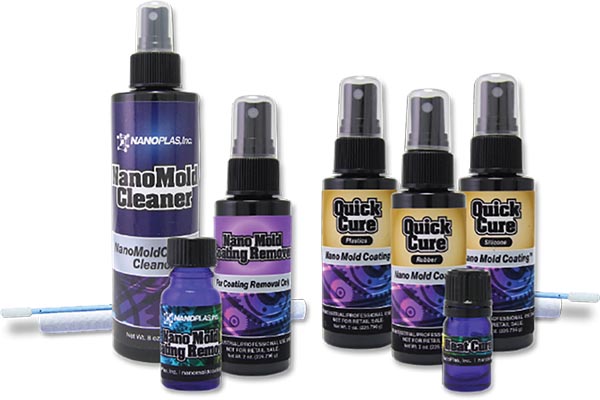
Another way to alter the surface tribology of a mold is with a spray-on mold release agent. These do not improve hardness or durability but are designed to lower the coefficient of friction so parts can be removed more easily. Lower friction also aids in faster packing time.
The type of resin being molded will determine the best type of coating to use, although most are based on formulations of silicone, molybdenum, lithium or PTFE (i.e., Teflon).
Newer spray-on coatings use nanotechnology to create semi-permanent thin films that are more durable and greatly reduce friction. This helps to improve production efficiency by decreasing cycle times and prolonging tool life.
Ready To Get Started?
We hope this information has been useful to you. We can offer suggestion on how to save time and money on your next plastic injection molding project when you upload your CAD files today for a free design review and quotation.
Tagged:


